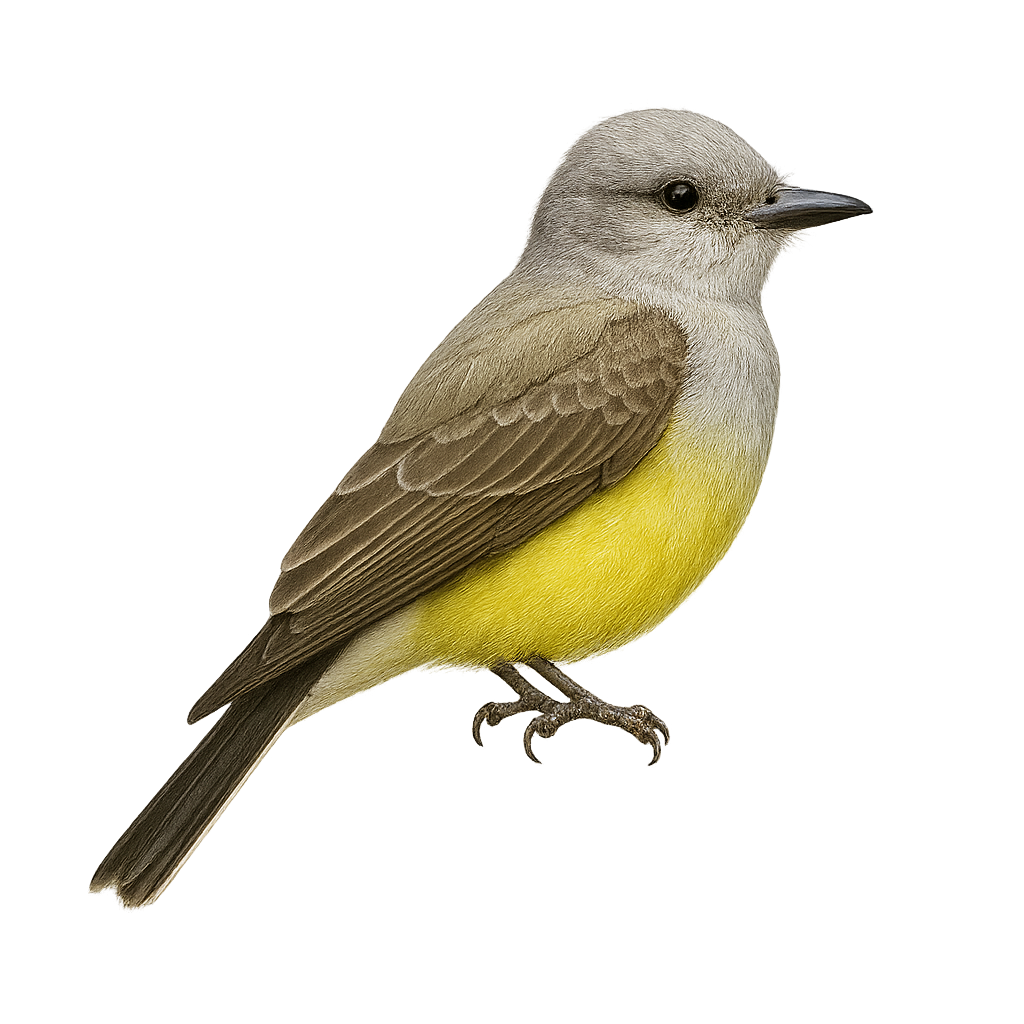Your wildlife photography guide.
Explore the western kingbird in detail, study its behavior, prepare your shots.
Where to observe and photograph the western kingbird in the wild
Learn where and when to spot the western kingbird in the wild, how to identify the species based on distinctive features, and what natural environments it inhabits. The WildlifePhotographer app offers tailored photography tips that reflect the western kingbird’s behavior, helping you capture better wildlife images. Explore the full species profile for key information including description, habitat, active periods, and approach techniques.
Western Kingbird
Scientific name: Tyrannus verticalis

IUCN Status: Least Concern
Family: TYRANNIDAE
Group: Birds
Sensitivity to human approach: Suspicious
Minimum approach distance: 10 m
Courtship display: May to June
Incubation: 14-16 jours
Hatchings: May to July
Habitat:
Grasslands, savannas, agricultural areas
Activity period :
Primarily active during the day, with peak activity in the morning and late afternoon.
Identification and description:
The Western Kingbird, or Tyrannus verticalis, is a medium-sized bird known for its striking white head, contrasting with its gray back and bright yellow belly. It is often seen perched on wires or branches, from where it launches to catch flying insects. This passerine is primarily found in open areas of the western United States, where it breeds in summer. A migratory bird, it winters in Central and South America. Its song is a mix of trills and sharp calls. Although territorial during the breeding season, it can be seen in small groups during migration.
Recommended lens:
400 mm – adjust based on distance, desired framing (portrait or habitat), and approach conditions.
Photography tips:
To photograph the Western Kingbird, aim for early morning or late afternoon when the light is soft and flattering. Use a telephoto lens of at least 400mm to capture detailed shots without disturbing the bird. Be patient and observe its hunting habits to anticipate its movements. A tripod can be helpful to stabilize your camera, especially if using a long focal length. Finally, try to capture the bird in flight to highlight its agility and vibrant colors.
The WildlifePhotographer App is coming soon!
Be the first to explore the best nature spots, track rutting seasons, log your observations, and observe more wildlife.
Already 1 430 wildlife lovers subscribed worldwide

